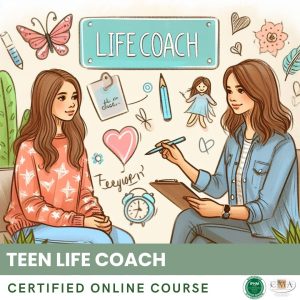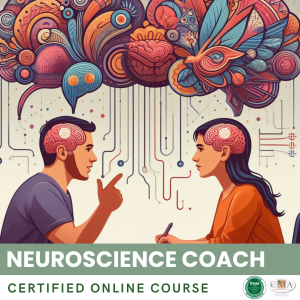Title: 1.4 – Worden’s Grief Tasks in the Loss of Our Four-Legged Friends
William Worden’s model of grief tasks offers a complementary perspective to Kübler-Ross’s stages for understanding the grieving process. Whereas Kübler-Ross describes emotional phases, Worden focuses on the “tasks” of psychological work that grieving individuals must carry out to adapt to the loss of a pet. He defines four main ones: accepting the reality of loss, experiencing grief pain, adjusting to an environment where the deceased pet is absent, and emotionally reinvesting in other relationships or pets.
The first task, accepting the reality of the loss, may seem obvious but is essential. It involves fully realizing that our companion is gone and will not return. This implies giving up any hope of a return, no longer waiting for a miracle. Farewell rituals such as burial or cremation help to anchor this reality. Not retrieving the body, especially in cases of disappearance, makes this task more difficult.
Experiencing grief pain is the second task, which consists of allowing oneself to feel and express the suffering linked to the loss of the pet. This involves tears, sadness, anger, and perhaps even guilt. It’s a crucial but difficult stage because society doesn’t always value the expression of pet grief.
The third task, adjusting to an environment where the deceased pet is absent, involves restructuring one’s life without the beloved animal. Practically speaking, this may involve learning to live without its daily habits, walk routines, or playtime. It’s also about getting used to not sharing everyday life with them.
Lastly, the fourth task is to emotionally reinvest in other relationships, perhaps even another pet, without forgetting the deceased. It involves relearning to attach, to love, while having integrated that loss is a part of life and that it doesn’t erase the love one feels for our departed companion.
To illustrate this model, take the example of Sophie who lost her cat abruptly in a car accident. At first, she struggles to realize that he is dead and feels like he will appear at the door at any moment. With time, she learns to express what she feels to her loved ones and in therapy. Then she has to learn to live without her cat, managing her daily life without him. Each moment of life sharpens his absence. Gradually, she regains her taste for seeing friends. She feels guilty at first but realizes that life goes on. A year later, she starts thinking about adopting another cat. Sophie proceeds cautiously; the memory of her previous cat always lingers, but she allows herself to love again.
Worden’s model proposes a dynamic and active framework for the grieving process in the case of a pet’s loss, with concrete tasks to be accomplished. The tasks are not sequential but interact with each other. One can progress on one task and stagnate on another. The mechanism of grief is a path of life, not a disease. Worden’s model is a compass for navigating this path.
Key points:
– Worden’s grief tasks model complements that of Kübler-Ross’s stages by focusing on the psychological “tasks” required to adapt to a pet’s loss.
– The four main tasks are: accepting the loss’s reality, feeling grief pain, adjusting to an environment where the pet is absent, and emotionally reinvesting in other relationships or pets.
– Accepting the reality of loss involves a full realization of the animal’s definite departure. Farewell rituals help anchor this reality.
– Feeling grief pain involves allowing oneself to experience and express the suffering related to the loss, despite the fact that society doesn’t always value pet grief.
– Adjusting to the pet’s absence requires restructuring one’s life and habits without them.
– Emotionally reinvesting means relearning to form attachments to other relationships or pets, without forgetting the deceased and understanding that loss is a part of life.
– Grief tasks are not sequential but interact. Grief is a path of life, not a disease, and Worden’s model serves as a compass for navigation.
👉 To download docx (Editable) file click here : Click here
👉 To download PDF file click here : Click here
👉 To download MP3 file click here : Click here







